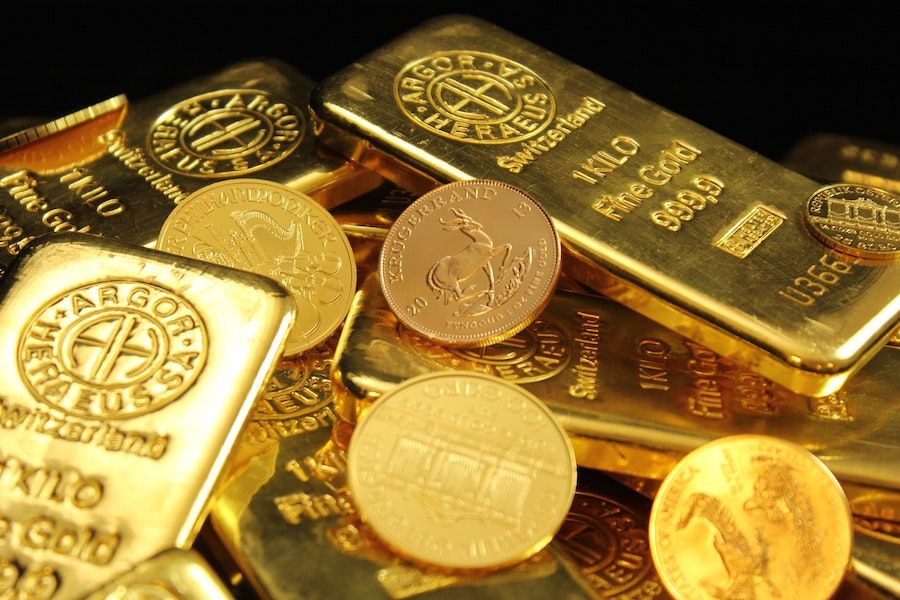Playbook #024: Gold and Silver

🖼️ The Big Picture
Gold and silver have been used as a store of wealth for millennia. As opposed to numismatics where you are buying rare coins as a collectible, investing in gold and silver bullion is all about hedging against rising inflation and a weak dollar.
The U.S. dollar was originally a unit of measure that was governed by the ratio between gold and silver. Gold was considered about 16 times the value of silver. Pretty simple. Also pretty stable. One "dollar" was roughly 372.5 grains of silver or 23.15 grains of gold.
Of course, in 1933, FDR took the U.S off the gold standard, making it illegal for individuals to own gold bullion, and then inflating the price by 69% to pay off government obligations.
The price of gold remained fixed at $35 per ounce until August 15, 1971, when President Richard Nixon announced that the United States would no longer convert dollars to gold at a fixed value, thus completely abandoning the gold standard.
Both events opened the doors to the massive inflation and currency devaluation we see now. $1 today only buys 4.70% of what it could buy in 1933 (that’s 21x less purchasing power.)
In 1974, President Gerald Ford signed legislation that permitted Americans again to own gold bullion. Since then, gold has mostly been used as an inflation or chaos hedge.
Investors in gold are often called “gold bugs,” and often are characterized as "survivalist" types who stockpile gold and silver in a safe in case Zimbabwe-style hyperinflation hits.
But some of the best investors in the world also have a portion of their wealth preserved in gold holdings, so it's actually a much bigger market than most people realize.
If the “Gold is a hedge against inflation” theory is true, then current conditions are certainly ripe for precious metals to pop. As a result of the COVID-19 pandemic, the United States just doubled the number of US dollars in existence, and might print another $660b before June 2022. That’s leading to the super high inflation we’re seeing, and gold enthusiasts view gold as one of the best long-term hedges against inflation.
The biggest snag in that theory is that more people are piling into crypto as an alternative to gold as an inflation hedge. The jury is still out on how well physical gold and silver will fare with the world's love affair with crypto, but centuries of use still make it an asset class to consider.
The one advantage gold and silver have over crypto is the many uses besides coins and money. Since gold is dense, malleable, and doesn't tarnish or corrode, it was one of the first metals people valued. Many elaborate gold pieces from ancient Egypt, Minoan, Assyrian, and Etruscan artists are still around today. Gold is a popular material for jewelry, art, and other decorations.
Gold has also found dozens of modern uses. It is used in infrared shielding, colored-glass production, tooth restoration, and for corrosion-resistant electrical connectors in computerized devices.
So any way you look at it, gold is certainly worth taking a look at for at least a small position in your investment portfolio — especially since you can buy it now as crypto tokens that can produce cash flow.
🔢 By The Numbers
You don't have access to this CAPITALIZE issue at the moment, but if you upgrade your account you'll be able to see the whole thing, as well as all the other posts in the archive! Subscribing will give you immediate access.
This CAPITALIZE issue is for members only
Join nowWhat is CAPITALIZE?
CAPITALIZE is a tool for discovering new ways to grow your wealth. You get a new investment idea each week in a simple 7-Minute report. Quickly check to see if it matches your "Investor DNA" and fast-track your way to being a top 1% investor... with less risk. Created by Wealth Factory for people who want to build their wealth and keep it.
